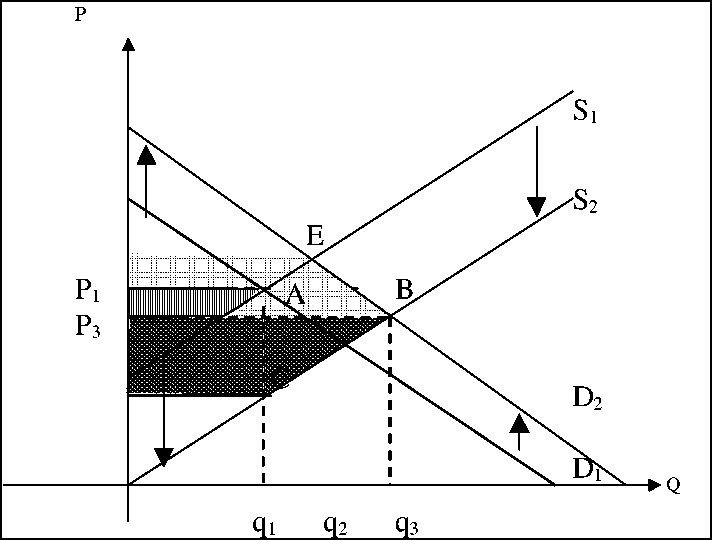European Regional Science Association ___________________________________________________ August, 2003
many developed countries, competitive conditions in freight transportation will make
unlikely that the hauliers can keep a significant amount of cost reductions.
The conclusion here is that the standard approach based on production cost
reduction provides an acceptable estimate of Marshallian surplus when induced traffic is
correctly estimated and when the only change occurring is a reduction of transport
service production costs.
3. The case for extra benefits.
In this section we want to show that their exist extra direct benefits when
transportation time are reduced. These changes are linked with an upward shift in the
demand curve, reflecting the fact that a shipper can be willing to spend more for a faster
service.
3.1 The shift in demand curve
In such occurrences we find that there is an extra surplus for the time saving which
corresponds to the shift in shippers demand curve multiplied by the quantities before the
time saving + half of the induced quantities.
Figure 4 : Marshallian surplus for a shift in freight transportation supply and
demand.

More intriguing information
1. Rural-Urban Economic Disparities among China’s Elderly2. Proceedings from the ECFIN Workshop "The budgetary implications of structural reforms" - Brussels, 2 December 2005
3. The name is absent
4. Notes on an Endogenous Growth Model with two Capital Stocks II: The Stochastic Case
5. HOW WILL PRODUCTION, MARKETING, AND CONSUMPTION BE COORDINATED? FROM A FARM ORGANIZATION VIEWPOINT
6. The name is absent
7. The name is absent
8. The name is absent
9. Der Einfluß der Direktdemokratie auf die Sozialpolitik
10. Stillbirth in a Tertiary Care Referral Hospital in North Bengal - A Review of Causes, Risk Factors and Prevention Strategies